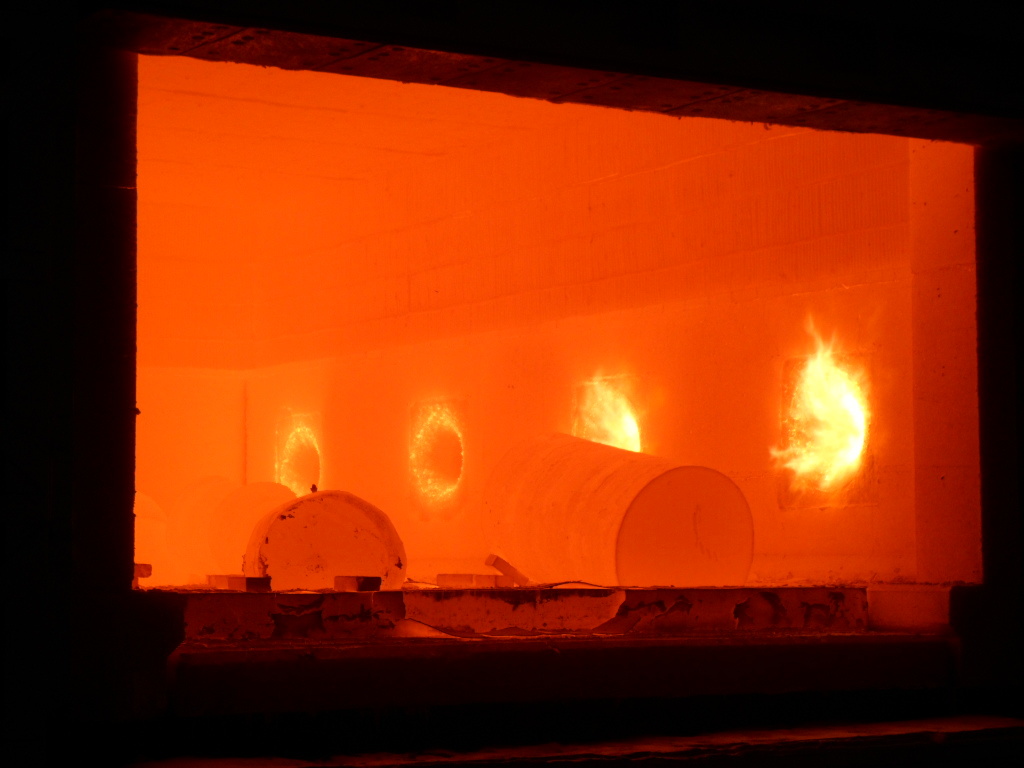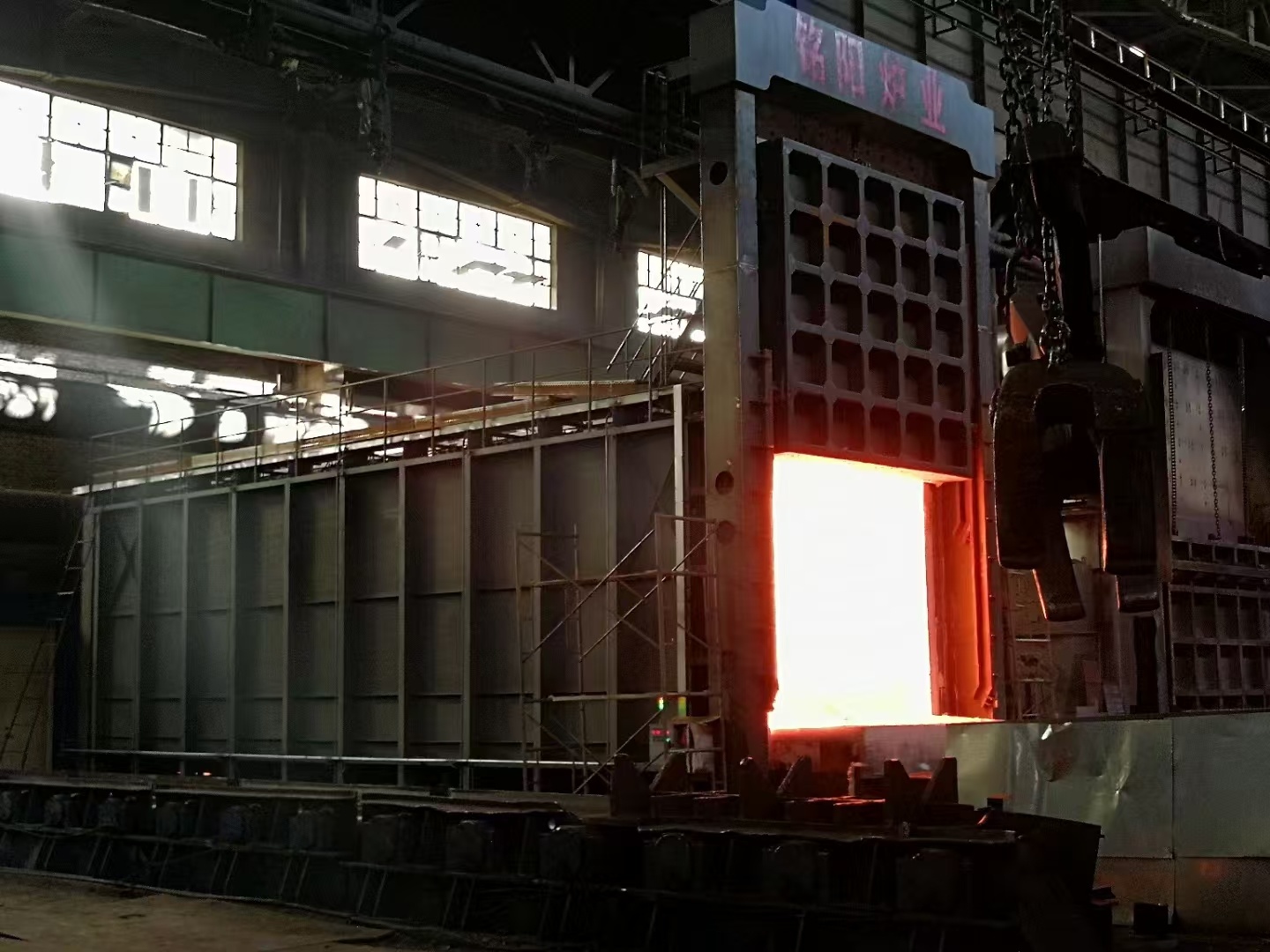


The Science Behind Quenching: Why High-Temperature Alloys Require Specialized Furnaces
The Science Behind Quenching: Why High-Temperature Alloys Require Specialized Furnaces
Table of Contents
1. Understanding Quenching in Metallurgy
2. The Role of High-Temperature Alloys
3. Heat Treatment Processes: An Overview
4. Specialized Furnaces: Types and Functions
4.1 Induction Furnaces
4.2 Vacuum Furnaces
4.3 Electric Resistance Furnaces
5. The Quenching Process Explained
6. Factors Affecti
The Science Behind Quenching: Why High-Temperature Alloys Require Specialized Furnaces
Table of Contents
1. Understanding Quenching in Metallurgy
2. The Role of High-Temperature Alloys
3. Heat Treatment Processes: An Overview
4. Specialized Furnaces: Types and Functions
4.1 Induction Furnaces
4.2 Vacuum Furnaces
4.3 Electric Resistance Furnaces
5. The Quenching Process Explained
6. Factors Affecting Quenching Efficiency
6.1 Cooling Rate
6.2 Quenching Medium
7. Importance of Controlled Atmospheres in Quenching
8. Common Applications of Quenching in Industry
9. FAQs about Quenching and Specialized Furnaces
10. Conclusion
1. Understanding Quenching in Metallurgy
Quenching is a critical process in metallurgy, specifically within the realm of heat treatment. It involves the rapid cooling of a material—typically a metal—to set its microstructure and enhance its mechanical properties. This dramatic temperature change can lead to increased hardness and strength. Understanding the science behind quenching is essential for anyone involved in the manufacturing or treatment of high-temperature alloys.
2. The Role of High-Temperature Alloys
High-temperature alloys are engineered to withstand extreme conditions, making them vital in industries such as aerospace, automotive, and power generation. These alloys maintain their strength and performance at elevated temperatures, often exceeding 1000°C. However, their unique properties necessitate specialized quenching processes to optimize their performance and longevity.
3. Heat Treatment Processes: An Overview
Heat treatment encompasses various processes, including annealing, normalizing, tempering, and quenching. Each process serves a specific purpose, contributing to the desired material properties. Quenching is particularly important for high-temperature alloys, as it not only affects hardness but also impacts ductility and toughness.
4. Specialized Furnaces: Types and Functions
Specialized furnaces play a pivotal role in the quenching process. These furnaces are designed to provide precise temperature control and a controlled atmosphere, essential for treating high-temperature alloys.
4.1 Induction Furnaces
Induction furnaces utilize electromagnetic fields to heat materials. They offer rapid and uniform heating, making them ideal for high-temperature alloy treatment. The ability to control the heating process minimizes thermal gradients and reduces the risk of warping or cracking.
4.2 Vacuum Furnaces
Vacuum furnaces operate in a vacuum environment, preventing oxidation and contamination. This is particularly crucial for high-temperature alloys that can be sensitive to atmospheric conditions. The controlled environment allows for consistent heat treatment, ensuring uniform quenching results.
4.3 Electric Resistance Furnaces
Electric resistance furnaces provide a straightforward method of heating through resistance elements. They are versatile and can maintain high temperatures for extended periods, making them suitable for various heat treatment applications, including quenching.
5. The Quenching Process Explained
The quenching process begins once the material reaches its austenitizing temperature, where the alloy's microstructure transforms to a homogenous phase. The material is then rapidly cooled, typically by immersion in a quenching medium such as oil, water, or air. The choice of quenching medium significantly impacts the cooling rate and, consequently, the final material properties.
6. Factors Affecting Quenching Efficiency
Several factors influence the efficiency of the quenching process, including:
6.1 Cooling Rate
The cooling rate is crucial in determining the microstructure of the alloy post-quenching. A faster cooling rate typically leads to higher hardness but can also induce residual stresses that may negatively affect the toughness of the material.
6.2 Quenching Medium
The type of quenching medium selected can dramatically alter the cooling trajectory. Water provides a rapid cooling rate but can lead to cracking in some high-temperature alloys. Conversely, oil offers a slower cooling rate, reducing the risk of cracking while still enhancing hardness.
7. Importance of Controlled Atmospheres in Quenching
Maintaining a controlled atmosphere during the quenching process is essential to prevent oxidation and contamination, which can weaken the material. Specialized furnaces equipped with inert gas capabilities can create a protective atmosphere, ensuring the integrity of high-temperature alloys throughout the quenching process.
8. Common Applications of Quenching in Industry
Quenching is widely employed across various industries, including:
- **Aerospace**: Components such as turbine blades that require high strength and heat resistance.
- **Automotive**: Engine components that must withstand high temperatures and pressures.
- **Power Generation**: Turbines and other critical components that operate under extreme conditions.
The effectiveness of quenching in these applications hinges on the use of specialized furnaces tailored to the unique challenges posed by high-temperature alloys.
9. FAQs about Quenching and Specialized Furnaces
**Q1: What is the primary purpose of quenching?**
A1: The primary purpose of quenching is to rapidly cool metals to improve their hardness and strength by altering their microstructure.
**Q2: Why do high-temperature alloys need specialized furnaces?**
A2: High-temperature alloys require specialized furnaces to ensure precise control of temperature and atmosphere, which are crucial for achieving optimal material properties.
**Q3: What are the common quenching mediums used?**
A3: Common quenching mediums include water, oil, and air, each offering different cooling rates and effects on the material properties.
**Q4: How does the cooling rate affect the properties of high-temperature alloys?**
A4: The cooling rate directly influences the microstructure; a faster cooling rate generally increases hardness but may reduce toughness, while a slower rate can enhance ductility.
**Q5: Can quenching lead to defects in high-temperature alloys?**
A5: Yes, improper quenching can lead to defects such as cracking and warping, particularly if the cooling rate is not appropriately managed.
10. Conclusion
The science behind quenching is essential for the effective treatment of high-temperature alloys. Specialized furnaces provide the necessary environment to optimize material properties while minimizing the risk of defects. Understanding the intricacies of the quenching process, alongside the selection of appropriate heating methods, allows industries to produce high-performance components that can withstand the most demanding applications. By investing in advanced furnace technology and focusing on controlled quenching processes, manufacturers can ensure the quality and reliability of their high-temperature alloy products.


